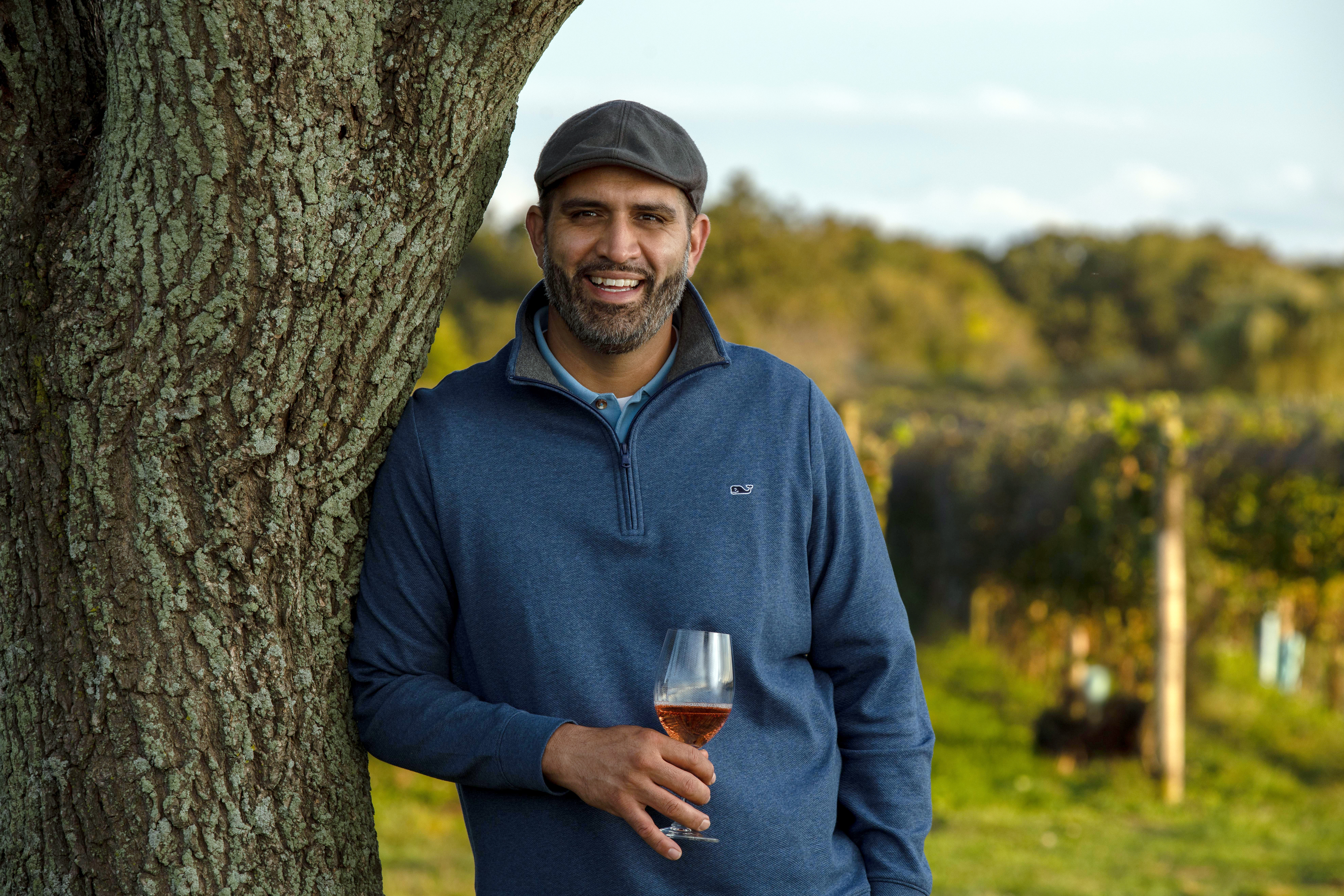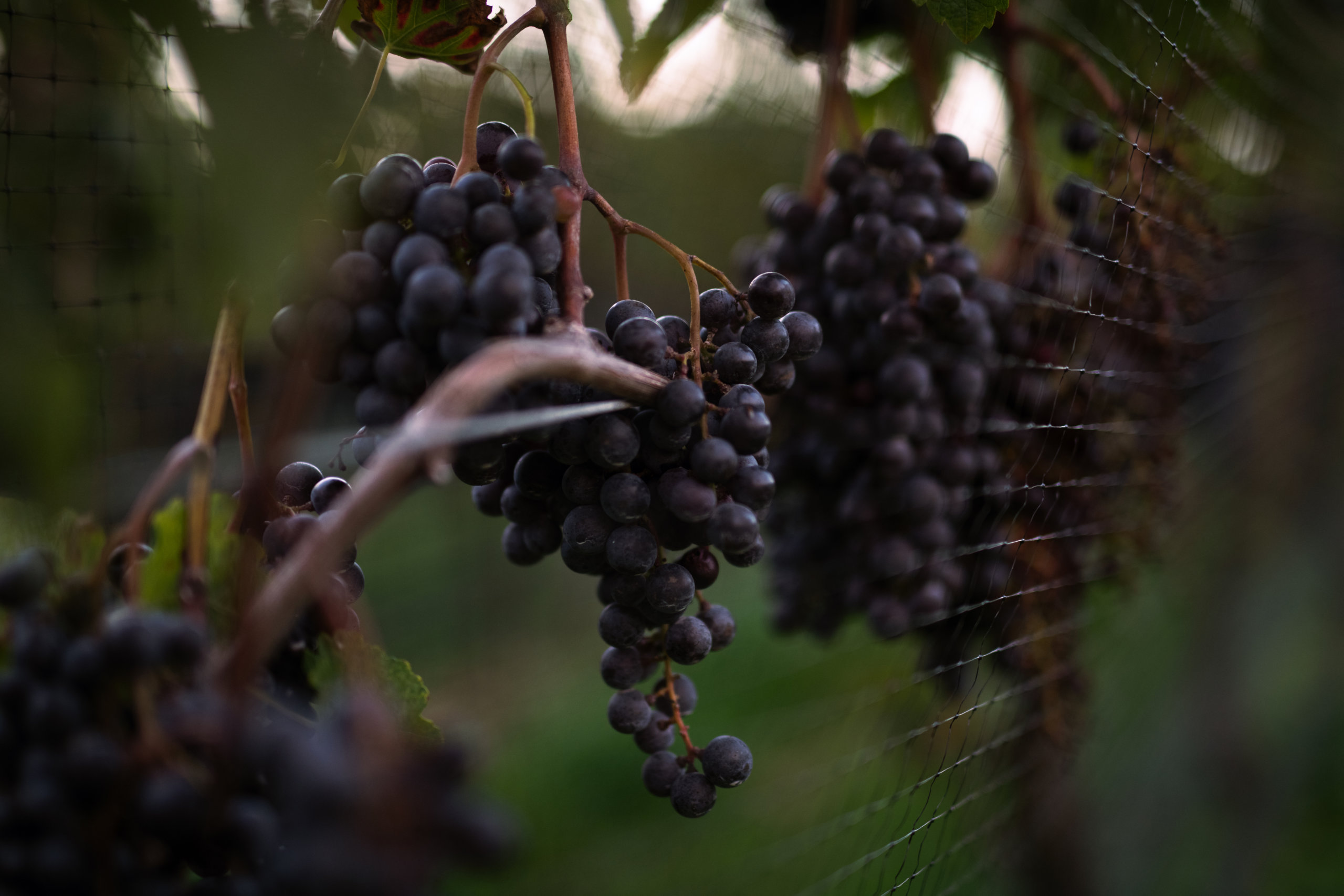The Journey from Grapes to Wine: 'Tis the Season After All

Quality begins in the vineyards, and we have some of the best here on the East End. But how do those grapes we see on the vine transform into the wine we taste in the bottle? We asked a local expert.
“Long Island has unique terroir which makes it well suited for growing grapes and many other types of crops,” says Juan Micieli-Martinez winemaker and co-owner of North Fork-based Montauk Daisy Wine. “Our sandy loam soils coupled with our maritime climate make us one of the premier wine regions on the East Coast.”
And for the record, Micieli-Martinez says that — even though he’s a traditionalist — you can’t judge quality by a closure. You can find amazing wines in each category, so here’s to enjoying the final product no matter if it comes in a can or with a cork.
It’s easy to get into the minutia when it comes to winemaking, but there are some basic principles.
“In simplistic terms white and rosé style wines are made with grapes at optimal ripeness,” says Micieli-Martinez. “These grapes can be hand or machine harvested depending on the style of wine to be produced. Quickly after being harvested, the grapes are brought to the winery and put into a piece of equipment called a press.”

In a press, Micieli-Martinez explains, pressure is applied to the grapes releasing the juice separating it from the skins and seeds. This juice is then collected and put into refrigerated stainless steel tanks. “White and rosé, generally speaking, are fermented in the absence of skins and seeds,” he shares. “With time and temperature, the juice will settle (think orange juice and how the pulp will separate from the juice) and the clean juice is taken and placed in another refrigerated stainless-steel tank, while the pulp is filtered and returned to the tank with clean juice.”
Now is when the magic starts to occur — when yeast is added to the juice. “Yeast will begin to consume the sugar and create alcohol, carbon dioxide and heat as byproducts,” says Micieli-Martinez. “After two weeks to one month, the fermentation will stop. The wine is now allowed to age if necessary, and if no aging is desired, the wine will then be clarified and prepared for bottling.”
Red winemaking, he explains, is slightly different in that the juice, skins and seeds are all fermented together. “At the conclusion of fermentation of red wines, the wine is pumped away from the skins and then the fermented skins are placed in the press separating the wine from the skins and seeds. Depending on the style of wine, the red wine may be aged in barrel for a few months up to two years prior to bottling.”
Of course, this is just a high-level outline and there is a lot of nuance along the way that make wines here on the East End very special. So, cheers to a fruitful year!



